Where Luxor city now stands, the capital of Egypt once straddled the Nile. During the height of the empire, mighty rulers reigned from the ancient city of Waset (Greek name ‘Thebes’). Immense wealth permitted the raising of massive monuments to the living and the immortal, and exquisitely ornate tombs were prepared to take the nobility to the afterlife.
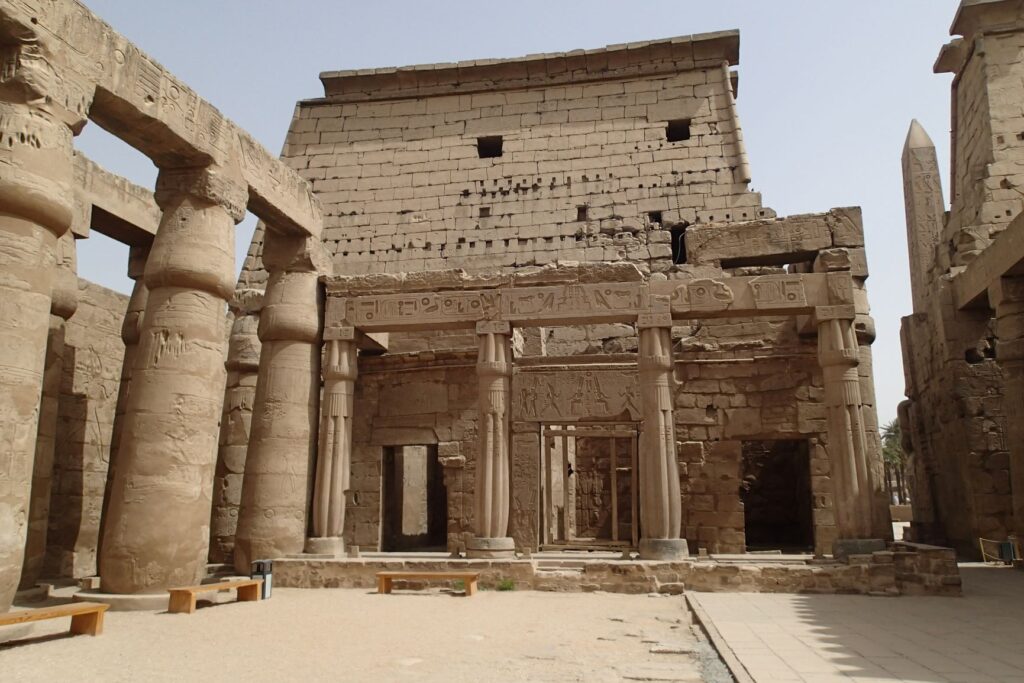
Exploring Luxor today, with its innumerable (and incredibly well preserved) ancient sites all clustered together, is an unforgettable experience. I was lucky enough to spend a week in Luxor, and only had just enough time to see all the archaeological sites which are open to the public.
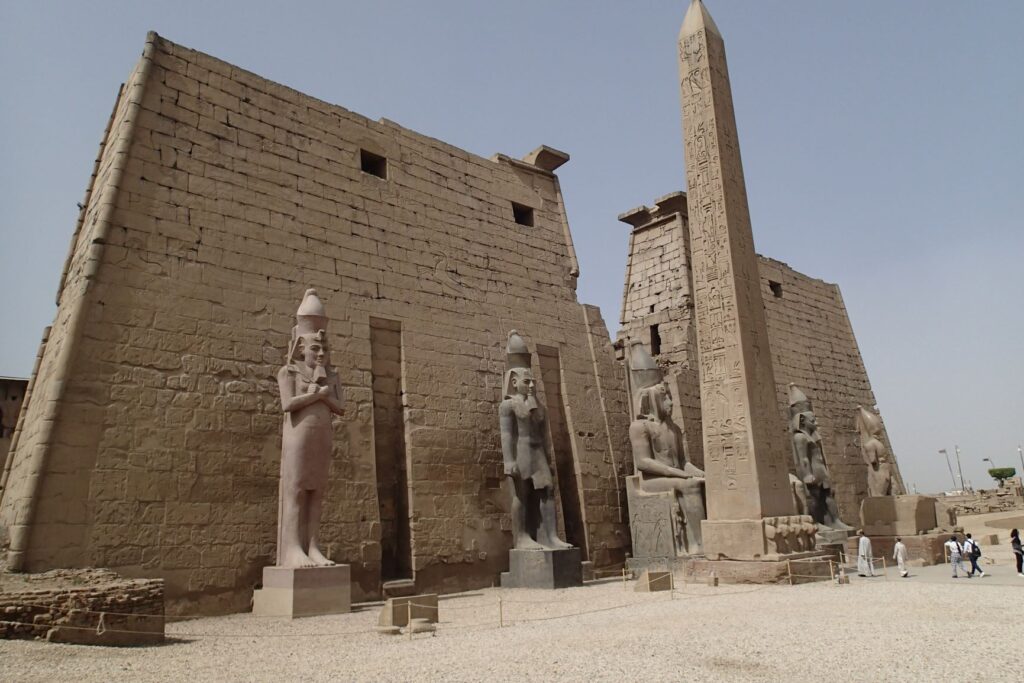
Having just spent a couple of weeks in the roaring chaos of Cairo, I chose to stay across the Nile from the main city centre of Luxor. It turned out to be a great decision, as the semi-rural settlements on the west bank were laid back and quiet.
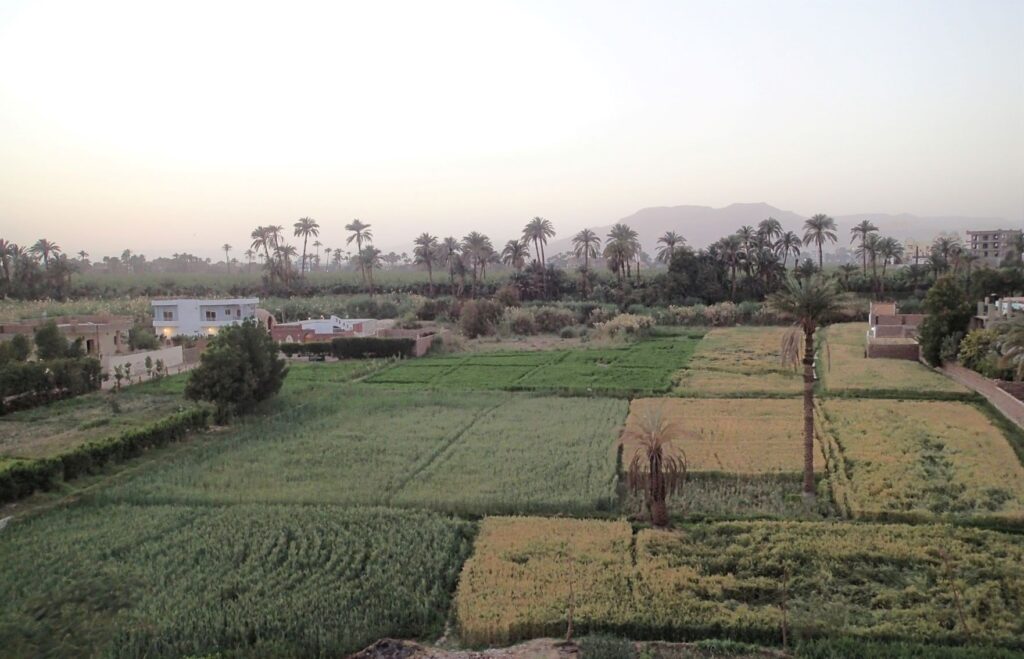
Luxor has ancient sites on both sides of the Nile, and I alternated between the two during my week of exploring. In addition to the cheap and efficient public ferry, for a few extra pounds you can take a brightly decorated tourist boat across the Nile. These boats sport names including ‘Bob Marley’ and ‘Titanic’.

If the sound of an outboard roaring at the point of disintegration isn’t your thing, you could opt for a felucca, the traditional Egyptian sailing boat. Wearing lifejackets is not mandatory on small boats crossing the river at Luxor. I’d be surprised if it’s even optional.
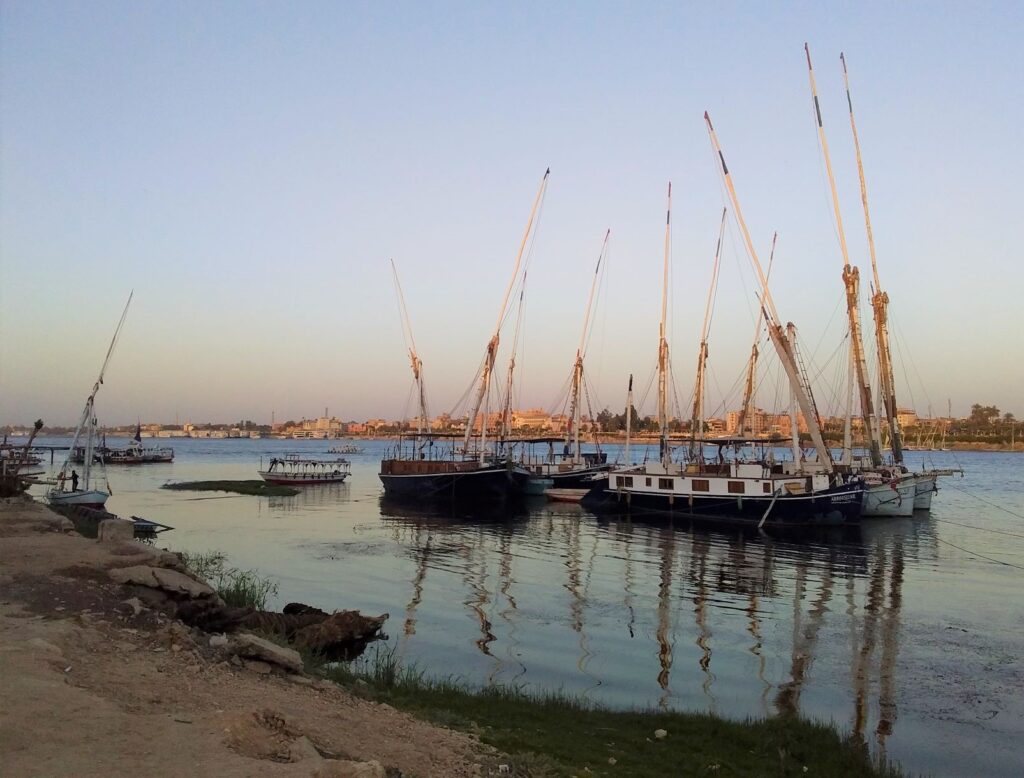
There’s a big police presence in Luxor, as in most Egyptian cities I have visited, and it’s little wonder. In 1997, Islamic extremists killed 62 people and injured 26 others at the Mortuary Temple of Hatshepsut. I commented on the number of police guarding the Valley of the Kings site to the taxi driver as he drove me back to town. ‘We have to have them otherwise Daesh will do something and then it’s bad for everyone. No tourists, no-one’s got any business, bad for everyone.’
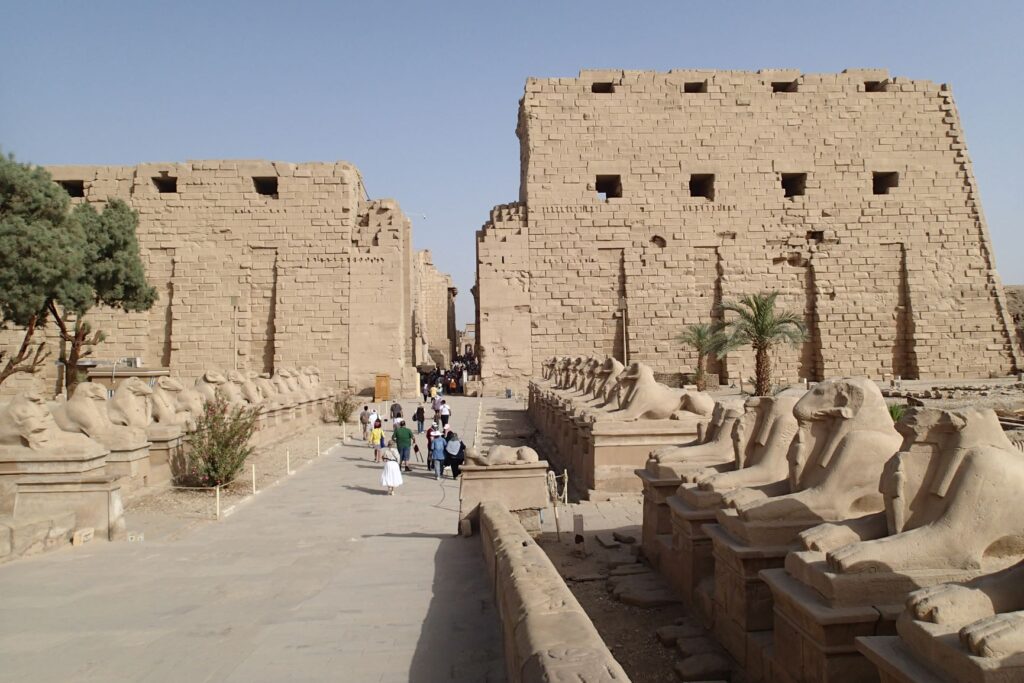
I always carry food with me as I spend most of my waking hours hungry. I also carry a metal spork (an all-in-one piece of camping cutlery with a spoon on one end, a fork on the other, and a blunt serrated edge on one of the tines of the fork), and it peaked the interest of the conscientious police operating the bag x-ray machine at the entry to Karnak Temple. I duly opened my bag and presented my spork for inspection, and after a little discussion, the police decided that I could not take it into the site. The officer I dealt with was apologetic; I told him it was no worries and he placed my spork carefully in the office.
I had some grief attempting to purchase a pass for the Luxor sites at the ticket office, which necessitated me leaving Karnak and heading back to town. On my way past the checkpoint my spork was solemnly returned to me. When I returned an hour later, I voluntarily gave up my spork to the same officer who took it back into custody. In the late afternoon, nearing closing time, I approached the exit gate again. The officer saw me coming and hurried into the office to release my spork from detention. We greeted each other like old friends, shaking hands and laughing, and my spork was once again released into my care. We wished each other well and off I went to be assailed by taxi drivers.

The dogs of Karnak Temple knew the best place to cool off on a 42 degree Celsius day was in the Sacred Lake, excavated about 3500 years ago
Like all centres reliant on tourist income, Corona has hit Luxor hard. I often had sites to myself, and even the biggest attractions were relatively quiet. Luxor has a private transport industry big enough to shift thousands and thousands of visitors, with taxis, horse-drawn carriages and boats everywhere. I felt like a chip to a flock of seagulls whenever I went out in public.

In addition to the the huge number of outdoor sites, Luxor also has a couple of excellent museums. This sun dial is over 3000 years old, and was discovered in a worker’s hut at the Valley of the Kings. Considering how long it must have taken to build the tombs, you’d want to know when it’s smoko time
I had taken a taxi out to the Valley of the Kings (see In the Valley of the Kings) after an unpleasant bartering session with the driver. Two days later I saw the same driver sitting in his cab, parked along the riverbank near my apartment. ‘Taxi?’ I asked if he would accept the same fare as the last trip (we were going to the pretty much the same location), and, unlike the previous occasion, he agreed without acting like I had just shot his dog. The mood in the Peugeot 504 as we headed off through the town was definitely lighter. We even managed a little monosyllabic small talk.
The god Sobek with King Amentohep III

Next morning the taxi was in the same spot again as I rounded the corner and headed towards the riverbank. ‘Taxi?’ ‘Why not?’ As we drove out of town a text came through on the driver’s phone. Drivers (and motorcycle riders) talk and text while they drive/ride all the time, so I was a little surprised when the driver apologised and pulled over.
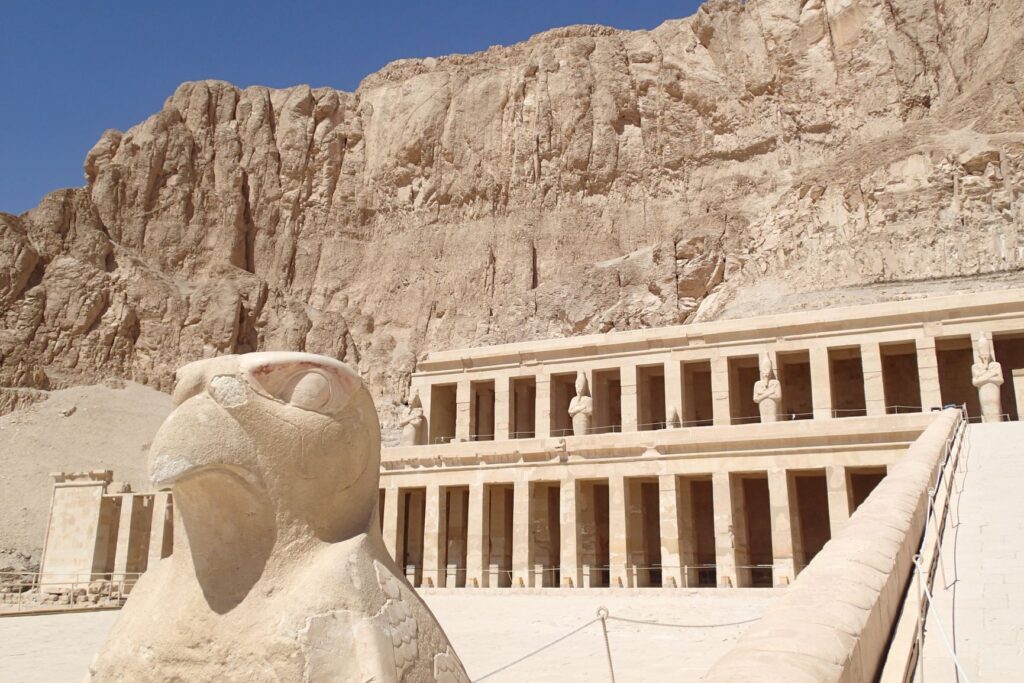
It turned out the text was from a Canadian bloke he had met yesterday. The driver asked, apologetically, whether I could please read him the text. I told him that would be no problem, and took the phone from him. I read the text out loud, and as he pulled out into the traffic he asked shyly if I would mind replying for him. ‘No worries’ I said, and between us we worked out an appropriate reply. It looked like the driver would get some extended work with the Canadian, and he thanked me for my help. We ended up chatting for the rest of the trip. After a sketchy start, we were mates.


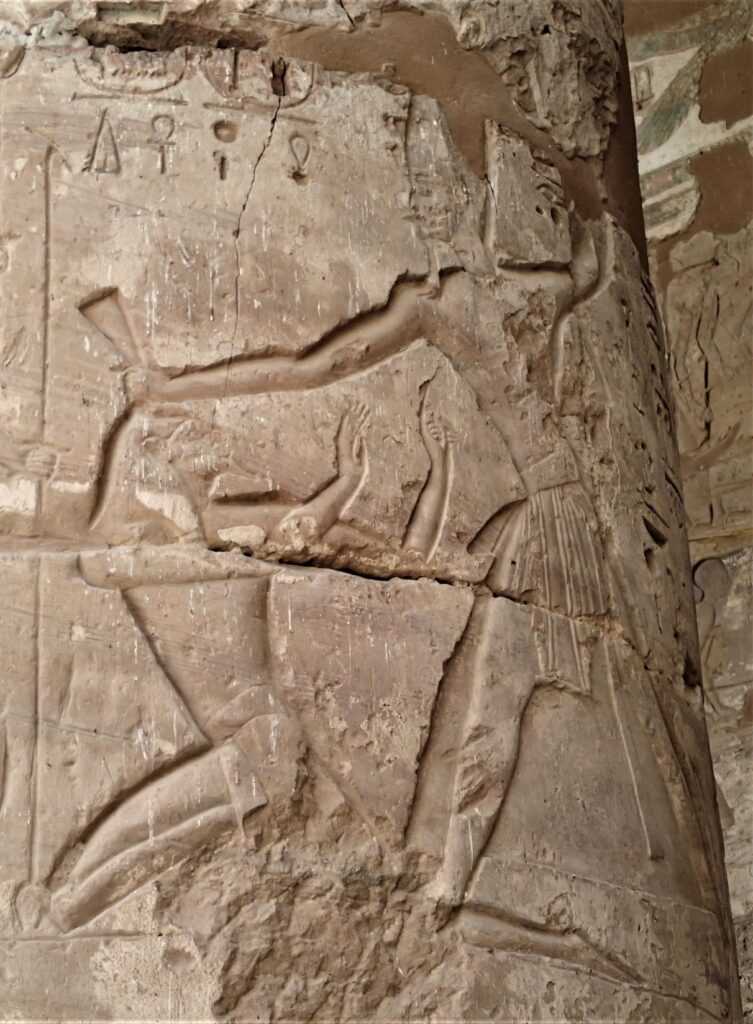
Although the language barrier made communication a little challenging, it was fun shopping in the local village near my accommodation on the West Bank. One day I went to a bakery, and after selecting several bread-like items that I didn’t really understand, I moved towards the young girl at the counter.
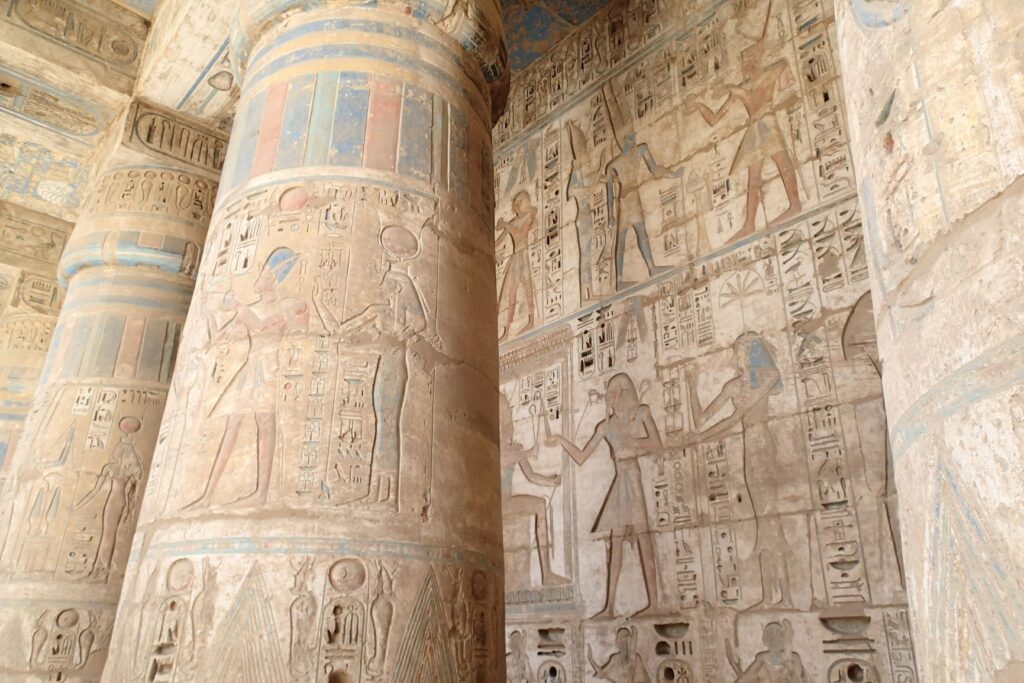
In a flash she scarpered, calling out something as she exited the back of the shop. A young bloke I assumed was her brother appeared. He must have been about 16; it seems that kids always do the afternoon shifts in the shops. He told me the price (which was clearly not inflated, although I was just as clearly not a local), and it turned out I was two pounds short of the exact amount in change.
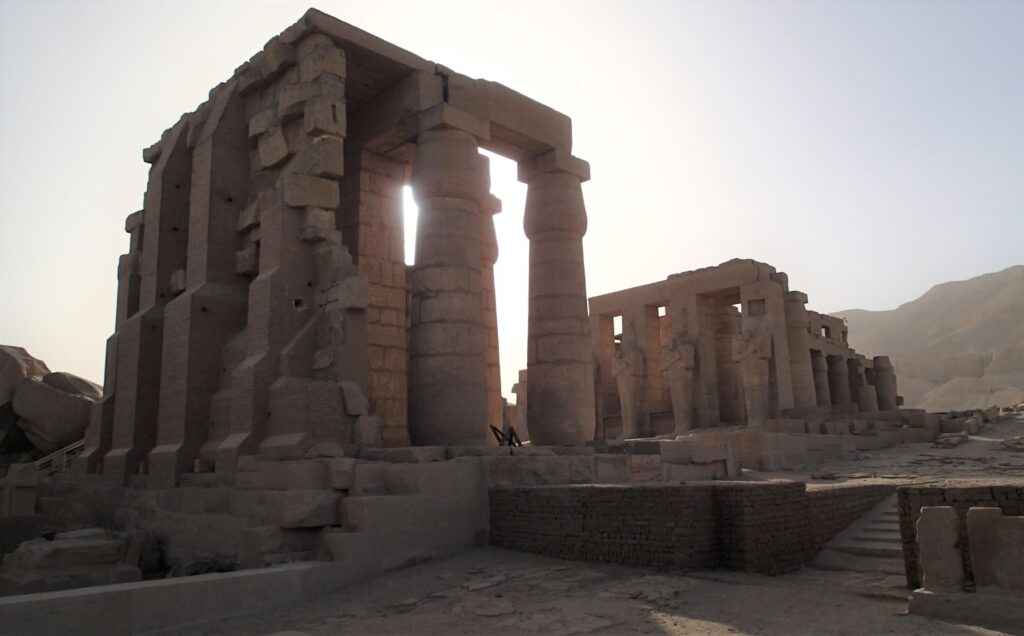
He was unable to break one of my bigger notes, so he just told me in his basic English to come back later and give him the rest. After spending so long in Egypt being the target of rip offs and scams, and ending up suspicious of all transactions, it was a pleasant change to encounter some trust.
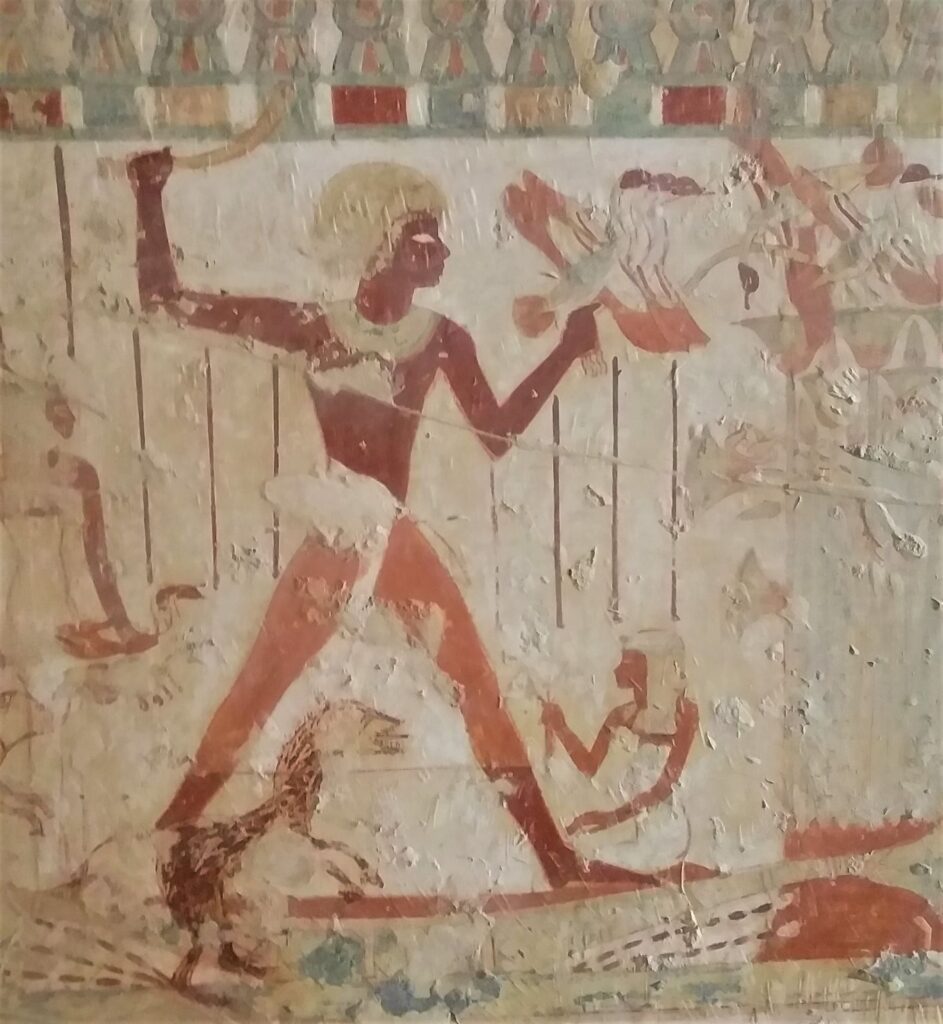

I went across the road to the greengrocer, and trying to reduce the amount of plastic bags required for my purchases, I began to gather up various veggies in my hands. There were no prices advertised, which is standard in Egypt. When I reached the little table where the owner stood with a set of scales, he took the goodies from me, put them all into one plastic bag, and plonked the bag on the scales. He announced the price which seemed very reasonable, and away I went. All veggies the same price per kilo? Now that’s convenient.
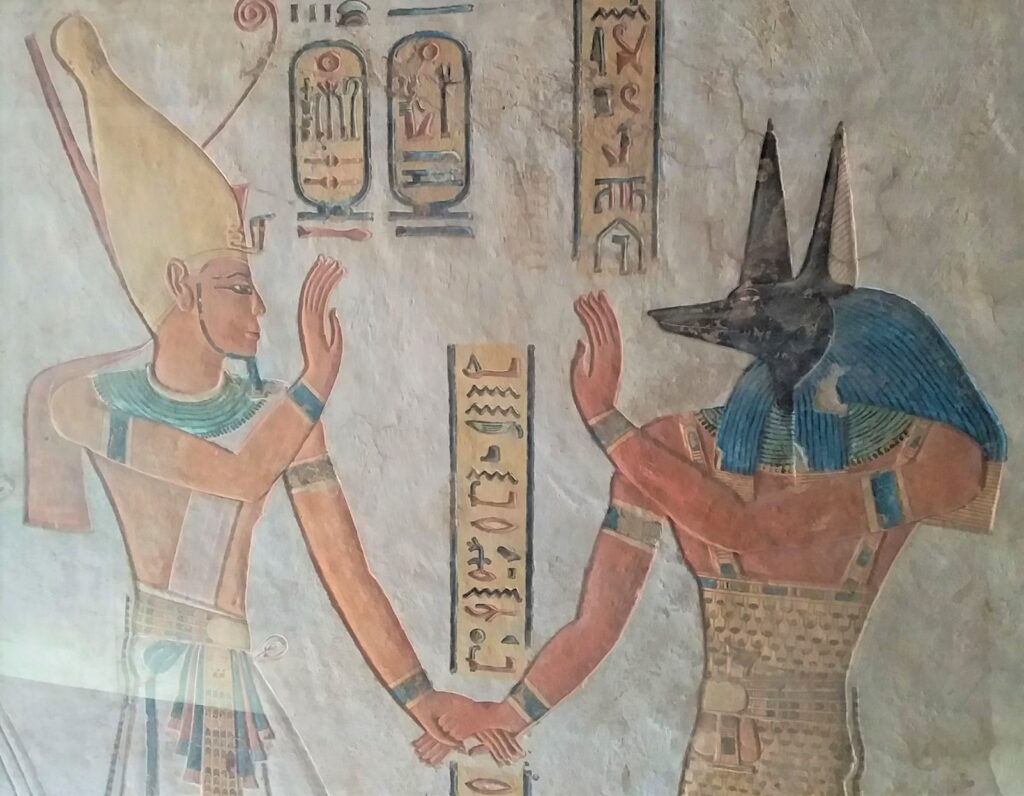
It also gave me the change I needed for the bakery, and I went back and handed over the two coins I owed them. Exchange of goods completed with trust and good faith. Geez I really needed that.
I was back at the bakery a few days later, grabbing some more oven-cooked wheat-based mysteries. This time the young girl stayed put at the counter, so maybe her older brother wasn’t around. I walked up with my goods, held them up, and smiled. She smiled back. I stood smiling. She sat smiling. I asked ‘how much?’. She smiled. I smiled. There was a smile-filled pause in proceedings. Then I took out my wallet, opened it up, and gave her a note. She held up three fingers. I put the note back in my wallet, and produced the next largest bill. I held it out for her, and she picked up her empty coin tray and showed it to me. It appeared that I was in the same situation again.

She smiled, nodded, and gestured towards the door. ‘Are you sure?’ I asked, hoping that my body language would convey the question. She kept smiling and nodding and gesturing, so I thanked her and promptly crossed the road to the greengrocer’s for veggies and change. I returned to the bakery shortly after, handed over the three pounds, and me and the bakery girl exchanged more smiles. I thanked her and left, my faith in fair trade and humanity once again restored.
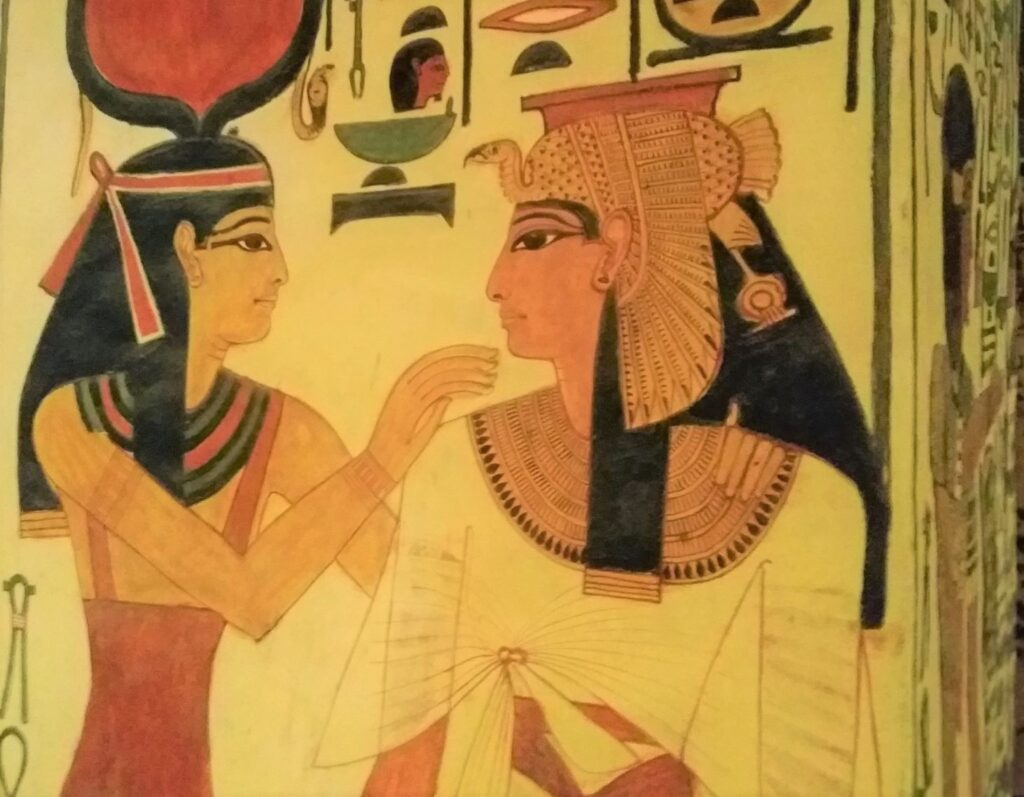
Each day I would return to the apartment after a long day of exploring, stopping via the small corner store nearby to pick up water. Bottled water ranges in price considerably, depending on how greedy the vendor is and how green the tourist is. The kid in the corner store, so apathetic he could barely muster the energy to take my cash, always charged me local rates.

I had a great week exploring the vast number of amazing sites around the ancient city of Waset. Staying in the relative peace and tranquillity of the west side of the Nile really added to the experience, and was a much needed break from the hassle and scams that are sadly part and parcel of touring Egypt.
For more on Luxor, click here
If you likes this post, you may also like In the Valley of the Kings, Inside the Pyramids of Giza
Know someone who might like this post?
Leave a Reply